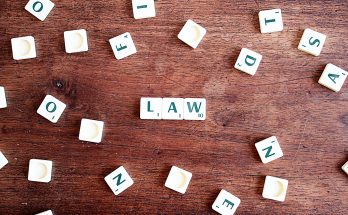New data exclusive to H&P reveals that despite the personal financial uncertainty caused by the pandemic and the race for space to the leafy suburbs and home counties, some of the priciest parts of the capital got even more expensive over the past two years.The cost of a house in Islington has risen by GBP120,000 since the first Covid-19 lockdown in March 2020, the fastest rate of house price growth of any London borough, taking the average house price to GBP771,374.Neighbouring Camden was the second highest climber with a rise of 13.4per cent to GBP961,390, while Richmond came third. According to Twindig analysis, the values in the affluent Zone 4 London villages jumped by GBP100,000. to GBP758,967. According to Twindig analysis, values in the affluent Zone 4 London village jumped by GBP100,150 to GBP758,967. They are a popular choice and the emergency stamp duty holiday encouraged Londoners to purchase in these well-loved areas. “The stamp duty holiday played on people’s fear of missing the opportunity and pushed them into making the move within the window between the Chancellor’s emergency summer budget of September 2020 and September 2021 when the offer closed. It increased domestic buying behavior, but was not relevant to investors or overseas buyers who had fled London during the peak of the pandemic. “Despite the disruption, some Londoners who worked from home during the lockdowns will have saved considerable money. This is now feeding into the property market as people want to live in the best parts of London. Will inner London house prices continue to rise? London saw a slower rate of house price growth than the rural and regional UK property markets. This was due to households selling up and moving in search of more space. This was due to the cultural shift to work from home. There are signs that the overall London housing market will pick up in 2022, however. Savills data shows that registrations of potential buyers in January increased by 70.2 percent across the capital, and 75.3 percent within inner London, compared to December. According to the estate agent group, viewings increased by more than 158 percent and registered prospective buyers rose by 70.2 per cent in London. READ MOREHouse prices rise in London’s commuter belt. How will the interest rate increase affect London’s house prices and mortgage availability? According to RICS (the Royal Institute of Chartered Surveyors), national enquiries from potential buyers reached their highest level since May 2021 when stamp duty holiday periods ended. There are also signs of a rise in sellers wanting their homes to be listed. It remains to be seen how rising living costs and the interest rate increase of 0.5%, which was announced by the Bank of England last Wednesday, will impact the market. The boroughs with the biggest house price growth since March 2020 Source: Twindig and Land RegistryBoroughHouse price increaseIncreaseAverage priceIslington18.5%GBP120,402GBP771,374Camden13.4%GBP113,575GBP961,390Richmond15%GBP100,150GBP758,967Hammersmith and Fulham11.7%GBP84,630GBP804,605Haringey11.3%GBP61,476.7GBP603,949

